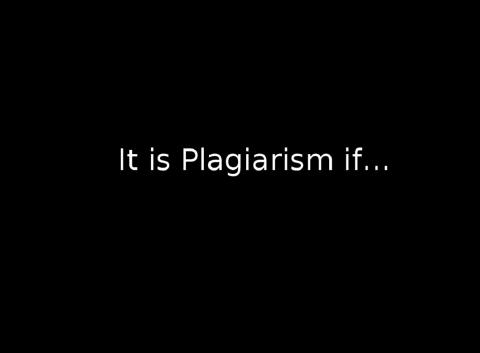Verbal plagiarism, mosaic plagiarism, inadequate retelling and other kinds

Adverbial plagiarism or the copying of a word-to-word text or a slight re-phrase of the text is often common to student and research work.
Examples of verbal plagiarism:
The text of the original is rewritten without significant changes as own, copying large pieces of the author's test without references to the source, issuing it for its own.
The text is rewritten without significant changes and is issued for its own analysis of the situation.
Mosaic plagiarism
This is a compilation of several sources and paraphrase of individual words. As a result, a mosaic appears, in which it is not clear where one source ends, where another begins, where the comment of the author is.
Plagiarism
The information used is presented in a way that it is not clear who is the idea, the author, or the student.
Paraphrasing the author of the work used by the student does not mention it in his text.
It is not clear where its idea, the lack of references and references to the authors used in the work of the student, makes it impossible to determine its own conclusions and makes it impossible to follow the logic of its own conclusions and ideas.
Permissible version
The student mentions the researchers in each sentence, which allows us to trace from which source information is drawn from which the author refers to the student, which borrowed ideas are used in the work.
The student also uses a link system in the text to indicate the original article.
Referring to the author's ideas used in the work, in the beginning, the student indicates where his own ideas and conclusions are, and where borrowed.
The most popular kind of plagiarism among students is the author's compilation of several sources without references.
Inadequate paraphrase
When you paraphrase, your task is to convey the source's thoughts in your own words. To do this, it is not enough to change a few words here and there, and leave the rest; instead, you must completely put your ideas in your own words. Once you have done this, you need to look back to the original text and make sure that you did not use the same word or structure. If you want to use some of the author's words for accent or clarity, you should put these words in quotation marks and provide a quote.

An exception that is not plagiarism
They cannot fall under the notion of plagiarism (since they are not covered by copyright):
- Generally known knowledge;
- Commonly known facts;
- Idioms;
- Ideas or definitions that are widespread and known;
- Paraphrase phrases in your own words when translating from a dialect or other language, unless there is a well-known phrase or official translation, etc.
In addition, there is no plagiarism of publishing an anonymous work under its own name, as in this case copyright is not extended to an anonymous work. If you want to protect your works from plagiarism, feel free to come and use this service for free: https://pro-papers.com/plagiarism-checker.
